Curry w/ Roasted Cauliflower, Tahini, & Tofu
I've been craving curry for a little while, now. Winter is finally starting to rear its head. And there's nothing I want more when it's snowing than a nice, warm, curry simmering on the stove for eight hours. You can simmer for about 2 hours, or until the coconut milk has thickened to the desired consistency. Although this is the absolutely perfect type of day to stay in and heat up with a Roasted Cauliflower Curry. I also added tofu, garlic, ginger, turmeric, lemongrass, shallots, tahini, and freshly ground cumin, coriander, and fenugreek. Although you can easily substitute dried or add in your own favorite spice blends.
It's easy to buy pre-made curry paste. This tends to be a mix of onion, garlic, ginger, turmeric, peppers, coconut cream, citrus, sugar, and corn starch. I'm already going to add all of those ingredients in some variation most of the time when I make curry. So, added in another curry blend is a little redundant. Although sometimes I also toss in a little curry powder or red curry powder just for a little added flavor or color. Although this is predominantly coriander, fenugreek, turmeric, cumin, and pepper. Which we already added in freshly ground form.
I also added in some tahini, which isn't necessarily the most common of ingredients to add to a more Thai-style curry. It's delicious with cauliflower, though, and is very similar to a peanut curry. If you don't have or don't want to use tahini, it can easily be swapped out with peanut butter.
Gallery
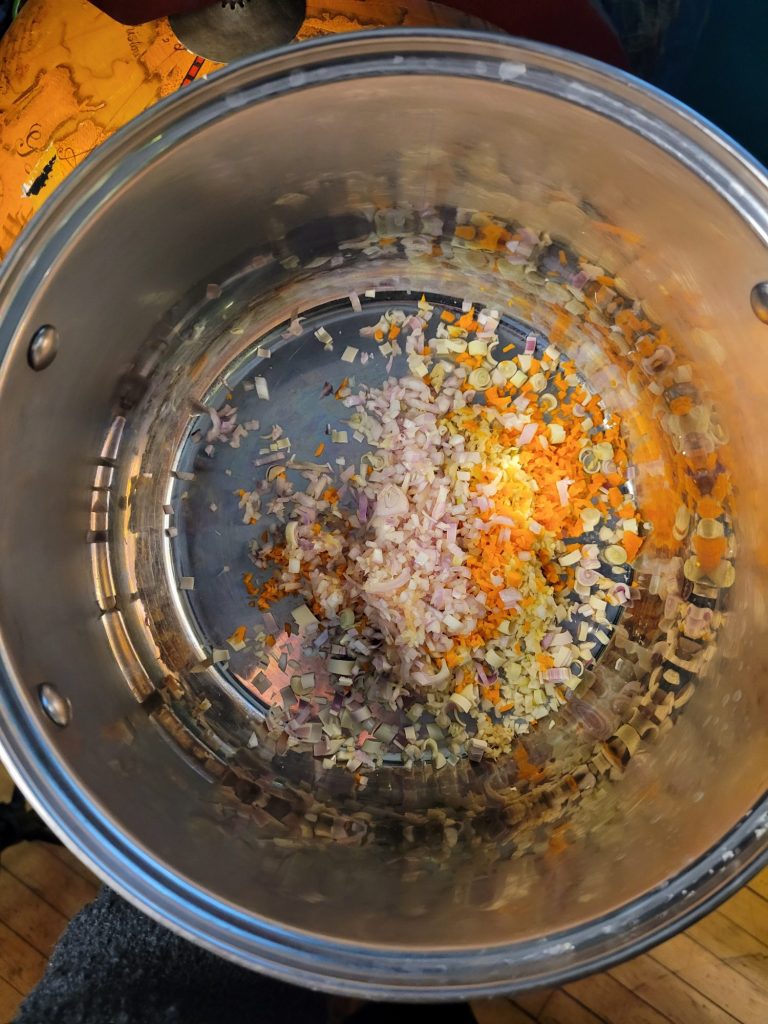
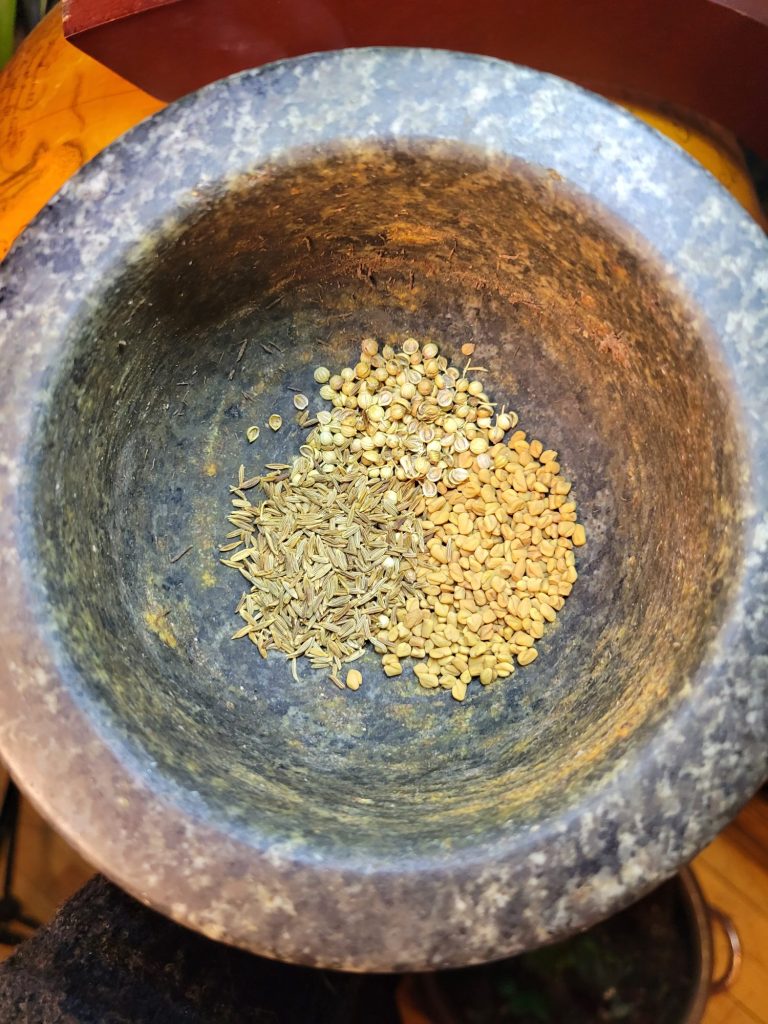
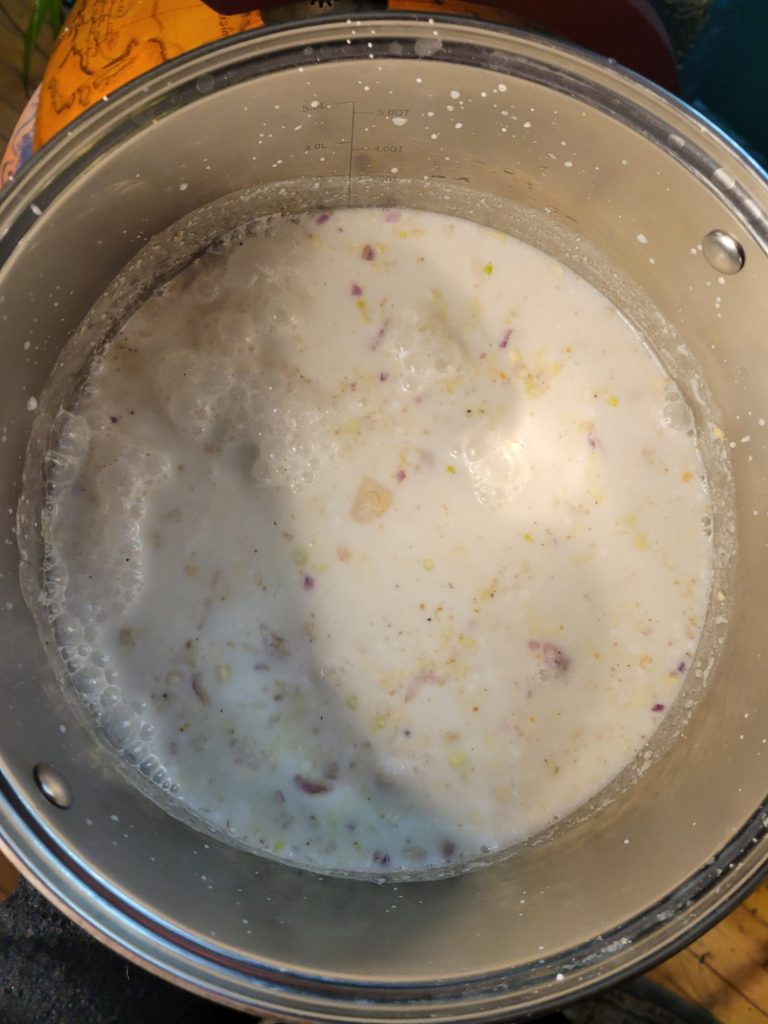
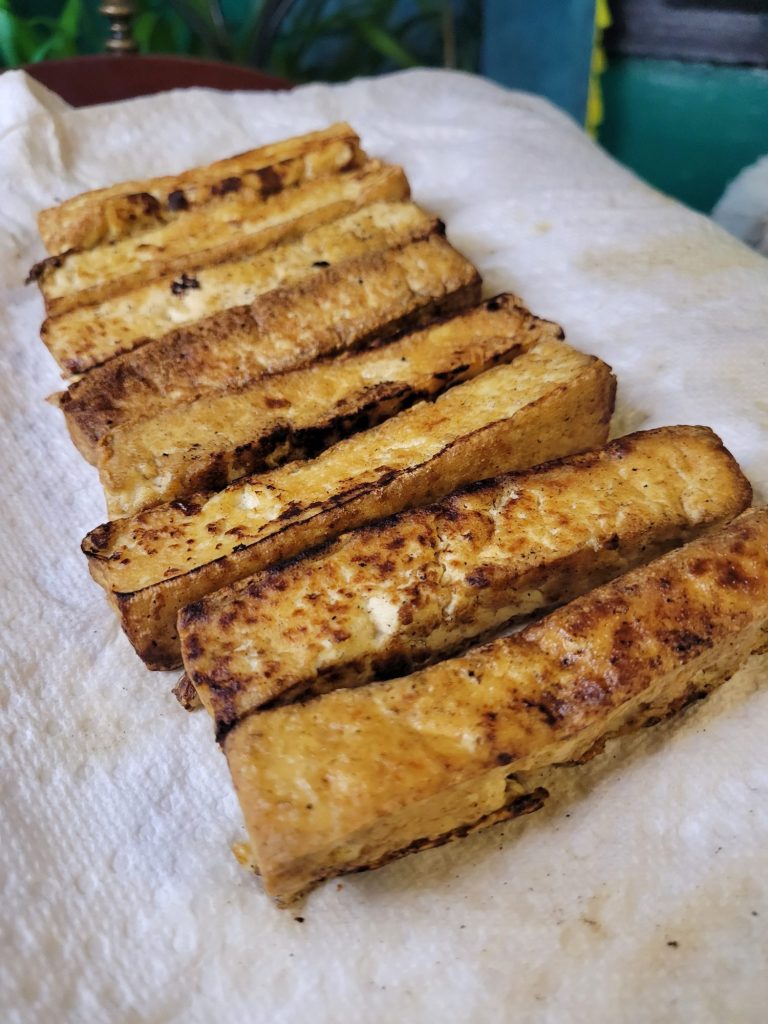
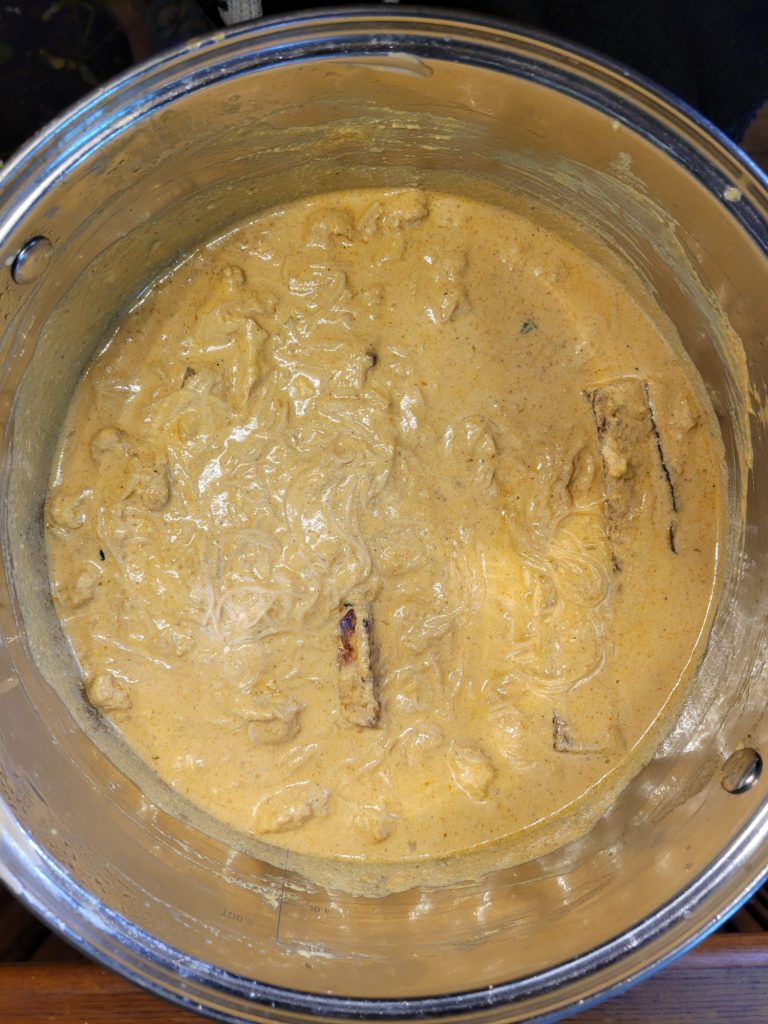

Variations of Cauliflower Curry
Curry is one of the most versatile dishes that I make on a regular basis. You can easily add in whatever produce you have on hand or want to build a dish around. I routinely make everything from roasted squash and tofu to multicolored potatoes and vermicelli to beer and homegrown chilis. Really, the sky is the limit when it comes to curry. It's a great recipe to mix and match your own favorite ingredients.
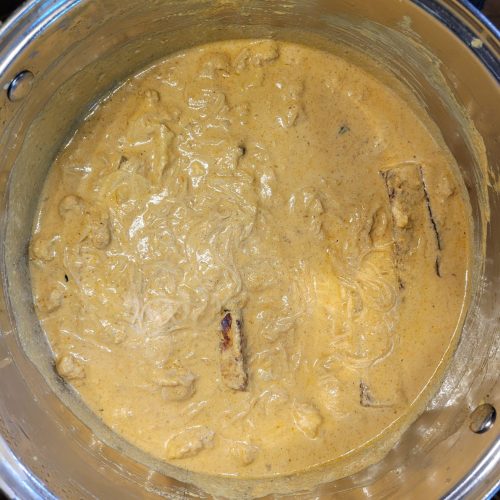
Curry w/ Roasted Cauliflower, Tahini, & Tofu
Equipment
- Large Pot
- Skillet
- Stovetop
- Paper Towels
Ingredients
Roasted Cauliflower
- 1 cauliflower chopped
- 1 tsp. olive oil
- 1 tbsp. tahini
- 1 tbsp. honey
- 1 tbsp. dry white wine (I used sauvignon blanc)
- dash cumin
- dash coriander
- dash salt
- dash pepper
Curry
- 1 cauliflower roasted
- 1 tbsp. ginger minced
- 1 tbsp. turmeric minced
- 3 cloves garlic
- 2 tbsp. lemongrass minced
- 1 shallot minced
- 2 tbsp. tahini
- dash cumin
- dash coriander
- dash fenugreek
- dash cayenne powder
- dash red curry spice
- dash salt
- dash pepper
- 2 cans coconut milk
- 3½ cans water
- 16 oz. tofu firm or extra firm
- 100 g. vermicelli rice noodles (~1/2 package)
Instructions
Roast Cauliflower
- Preheat oven to 350 degrees Fahrenheit.
- Toss the chopped cauliflower in the olive oil, tahini, honey, wine, and the rest of the spices.
- Arrange evenly across a baking sheet and roast 20-25 minutes. Make sure to stir about halfway through to keep the bottoms from burning and sticking to the pan.
Simmer Curry
- Add all of the ingredients, except for tofu and vermicelli, to a large pot.
- Bring to a boil and then reduce to a simmer.
- Simmer for at least 2 hours. You want the liquid to reduce in half. If it’s reducing too quickly, add water and turn down the temperature. If it isn’t reducing fast enough, bring to a boil again and reduce to a slightly higher temperature.The longer that you cook, the more the flavors will permeate the ingredients, so simmering at a lower temperature for longer is always an option. I’ll sometimes lower the temperature to a very light simmer and pretty much leave it be for 6-8 hours.You never want to leave a pot on the stove unattended, but this is the kind of dish that you can kind of set up and let do its thing. You may need to turn the temperature down periodically to adjust for too rapid a simmer to keep it from boiling as the liquid evaporates. But, other than that, this is a pretty hands off dish!
Fry Tofu
- After the curry has reduced about in half, you're going to want to add the tofu so that it can absorb the flavors. You can either put them in as is to reduce the oil in the curry or crisp the edges to help the tofu keep its shape. For this recipe, I lightly fried the tofu.
- While the curry is simmering, drain the water out of the tofu and cut into cubes.
- Wrap in paper towels to absorb the moisture.It's important to absorb as much water out of the tofu as you can. Oil is less dense than water, so the molecules repel one another. With cold ingredients, this causes separation. When you're frying at high temperatures, though, this can cause boiling hot oil to spray back at you.
- Meanwhile, preheat 1-2 tablespoons of oil in a cast iron skillet over medium-high heat.
- When the skillet has preheated and the majority of the water has absorbed into the paper towels, carefully add the tofu to the skillet. Fry until golden brown. This should take about 2-4 minutes. Rotate until all sides are evenly fried.
- Remove from heat and wrap again in paper towels to absorb the excess oil.
- Add the tofu to the curry and simmer for another hour or two.
Cook Vermicelli Noodles
- After simmering the curry for at least 4 hours and the curry is just about simmered down to your liking, add the vermicelli. The exact cooking time will vary by brand, but cook to the manufacturer's recommendation.For my brand and noodles, this typically means adding the noodles and simmering for about 5 minutes. Most brands specify boiling, but a slow simmer in the curry works just as well! Just cook until tender. Brown rice noodles tend to have to cook a little bit longer, but will reach a similar consistency eventually.
- Serve either immediately or the next day with sprouts, reserved peanuts, and/or the chopped greens of the onion.Curry will continue to the absorb the spices the more time passes. It’s one of those dishes that I like to make ahead of time because it often tastes better after the flavors have had time to set overnight. Just make sure to only add the garnish when ready to serve.
Tips, Tricks, & Notes
- For more tips and tricks, I also have a separate recipe page on Roasted Cauliflower w/ Tahini, Cumin, & Wine.
- For a more in-depth article on preparing tofu, check out my article on The Fundamentals of Fried Tofu. High heat oil and a precise cooking temperature are important to keep the tofu from drying out or burning.
-
I used Fresh Turmeric in this recipe. You can easily substitute dried turmeric, but there is something particularly refreshing about fresh turmeric. And, if you can find it, mincing it and preserving in olive oil is the key to longevity.
- To make the curry spicier, put more hot peppers when you cook the squash and lentils. Peppers added in the beginning stage will have a slower, more robust flavor that permeates through the dish. Peppers added towards the end of the cooking process will have more of a kick in the teeth, mouth burn.
- If the curry absorb too much moisture, you may need to add more water. This is to taste. I tend to like a thicker curry with larger chunks, much like a thick stew. If you’re in the other camp that likes a more liquid curry, don’t hesitate to add more water. If you’re unsure, taste periodically and adjust to what you like. You can always add more water, even after you’re done cooking entirely, to lighten it up. The curry will thicken more as it cools and overnight.
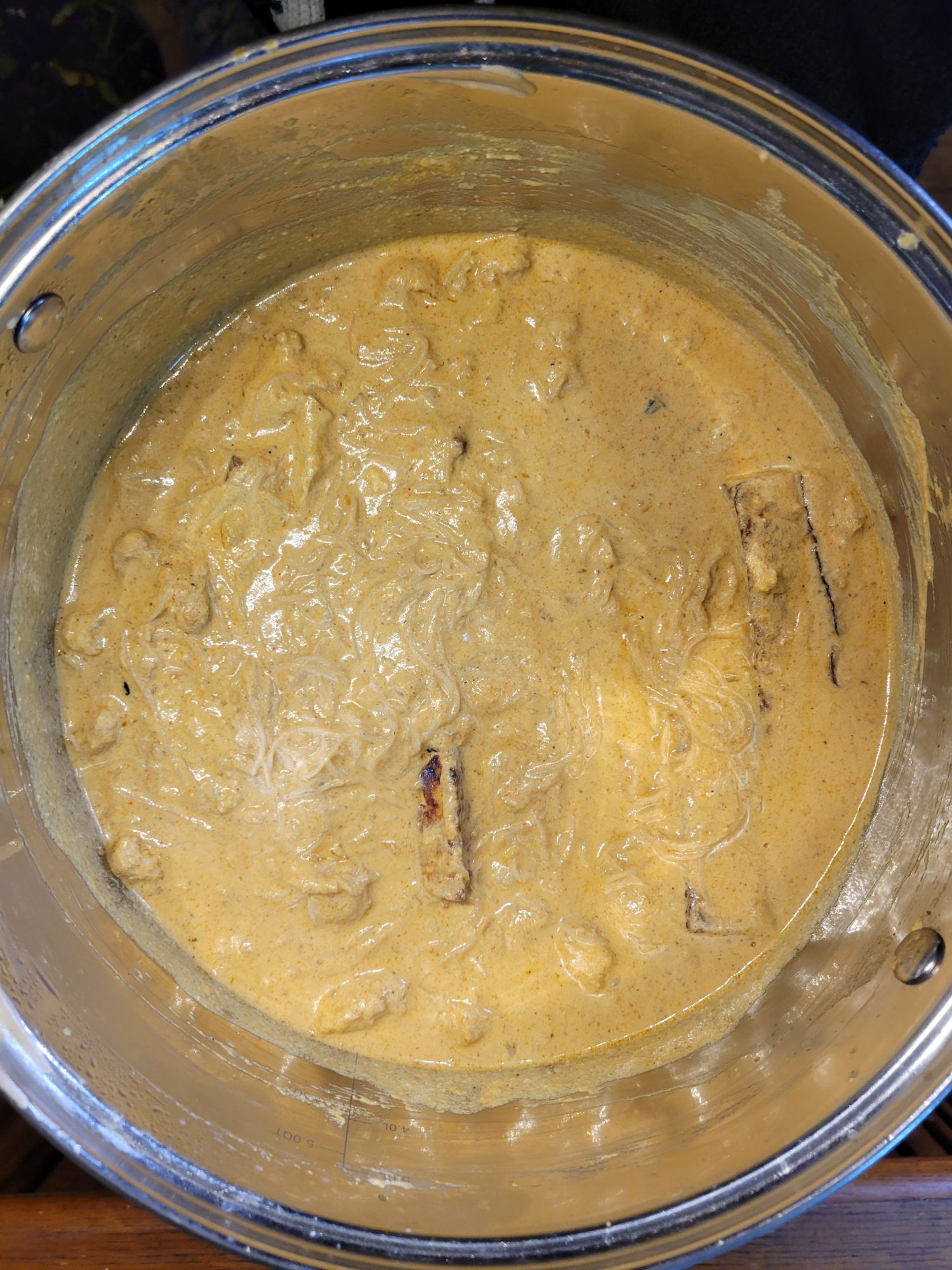
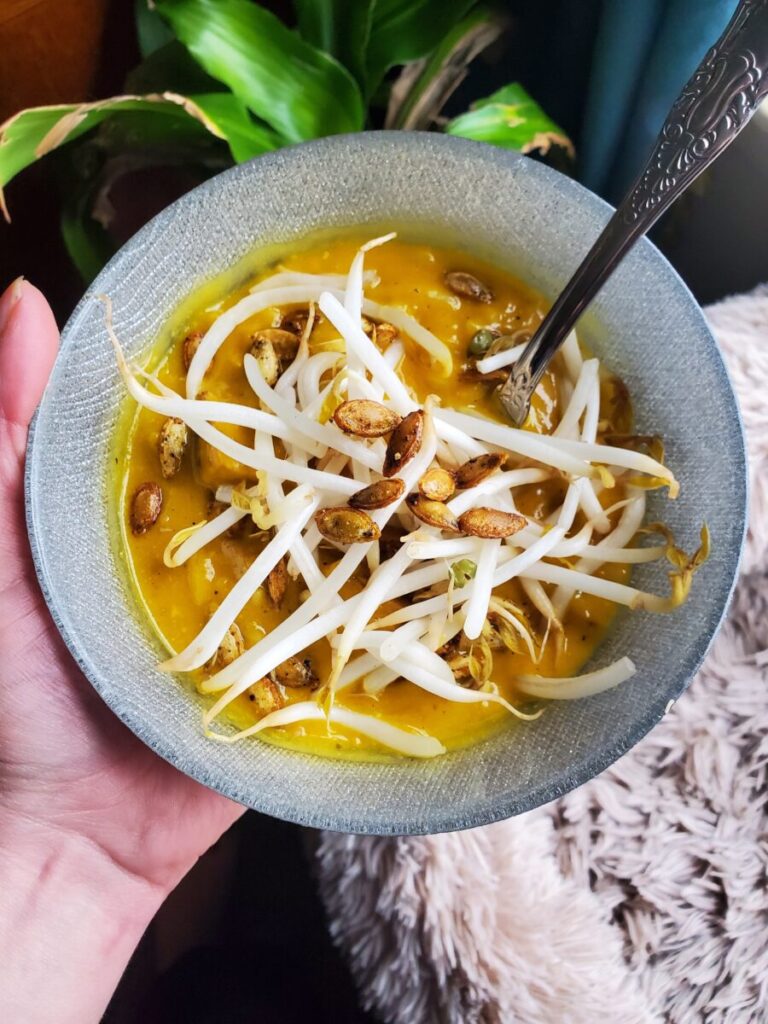
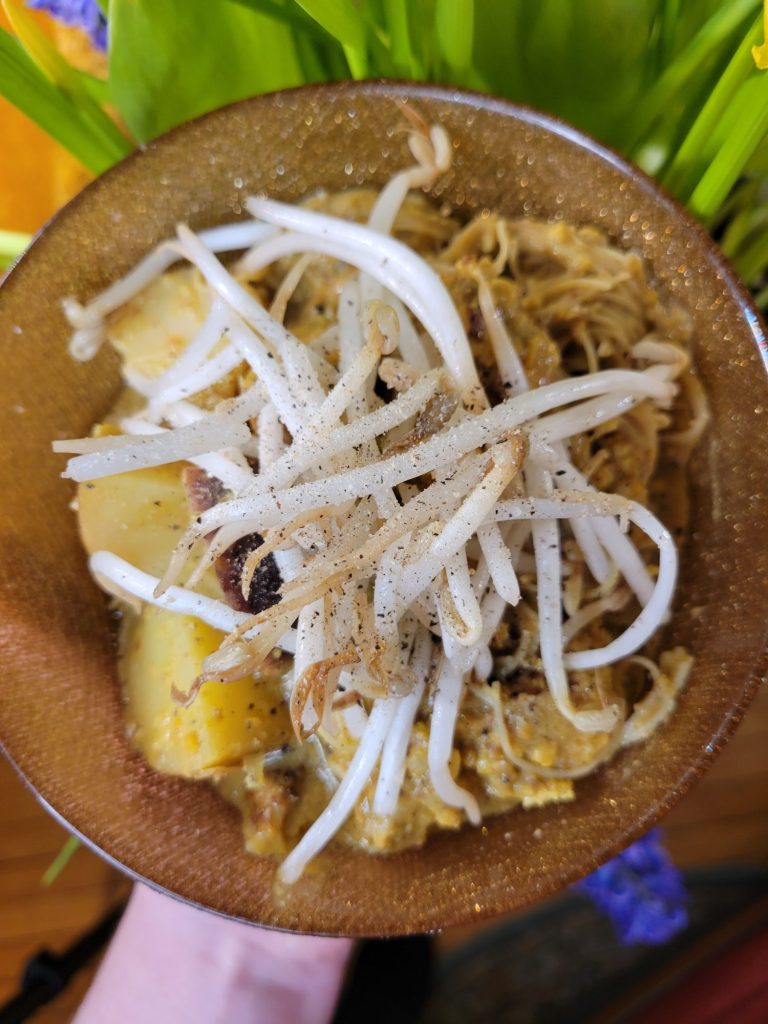
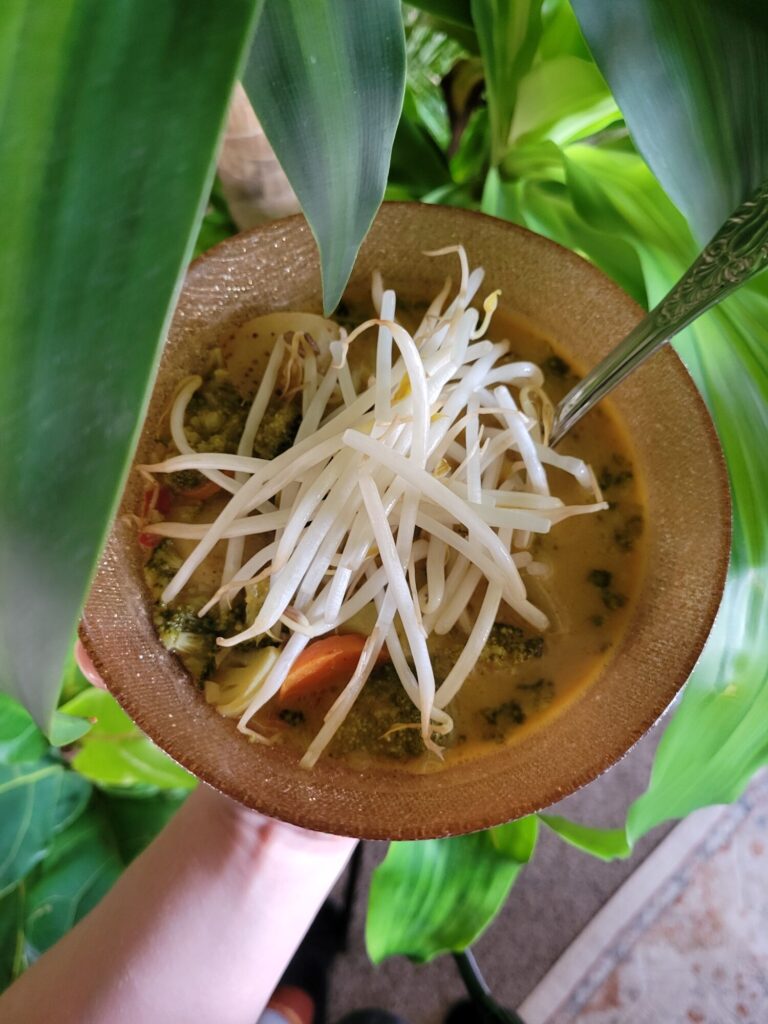

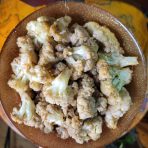
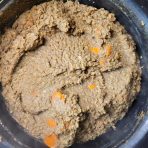


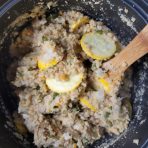


Leave a Reply